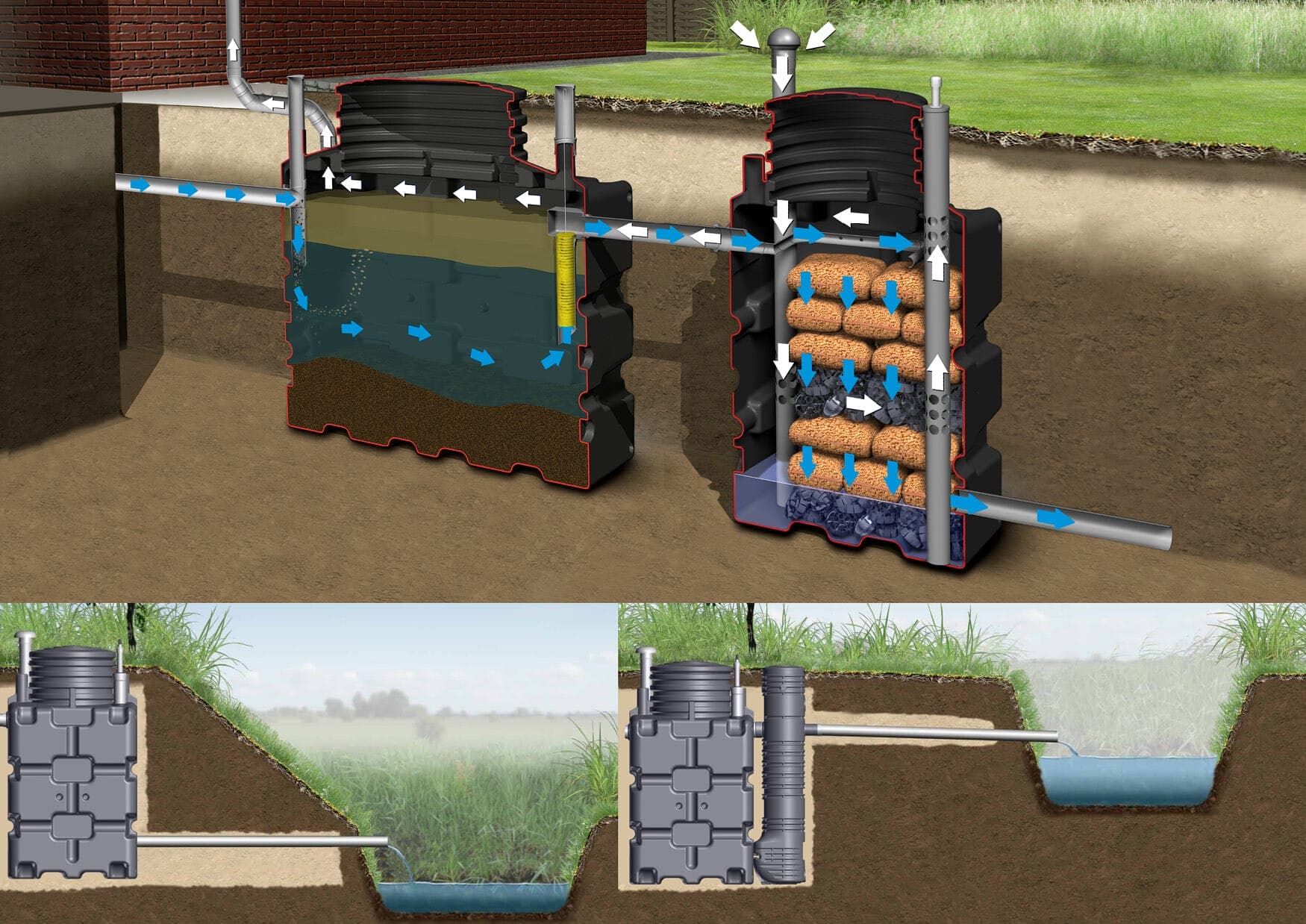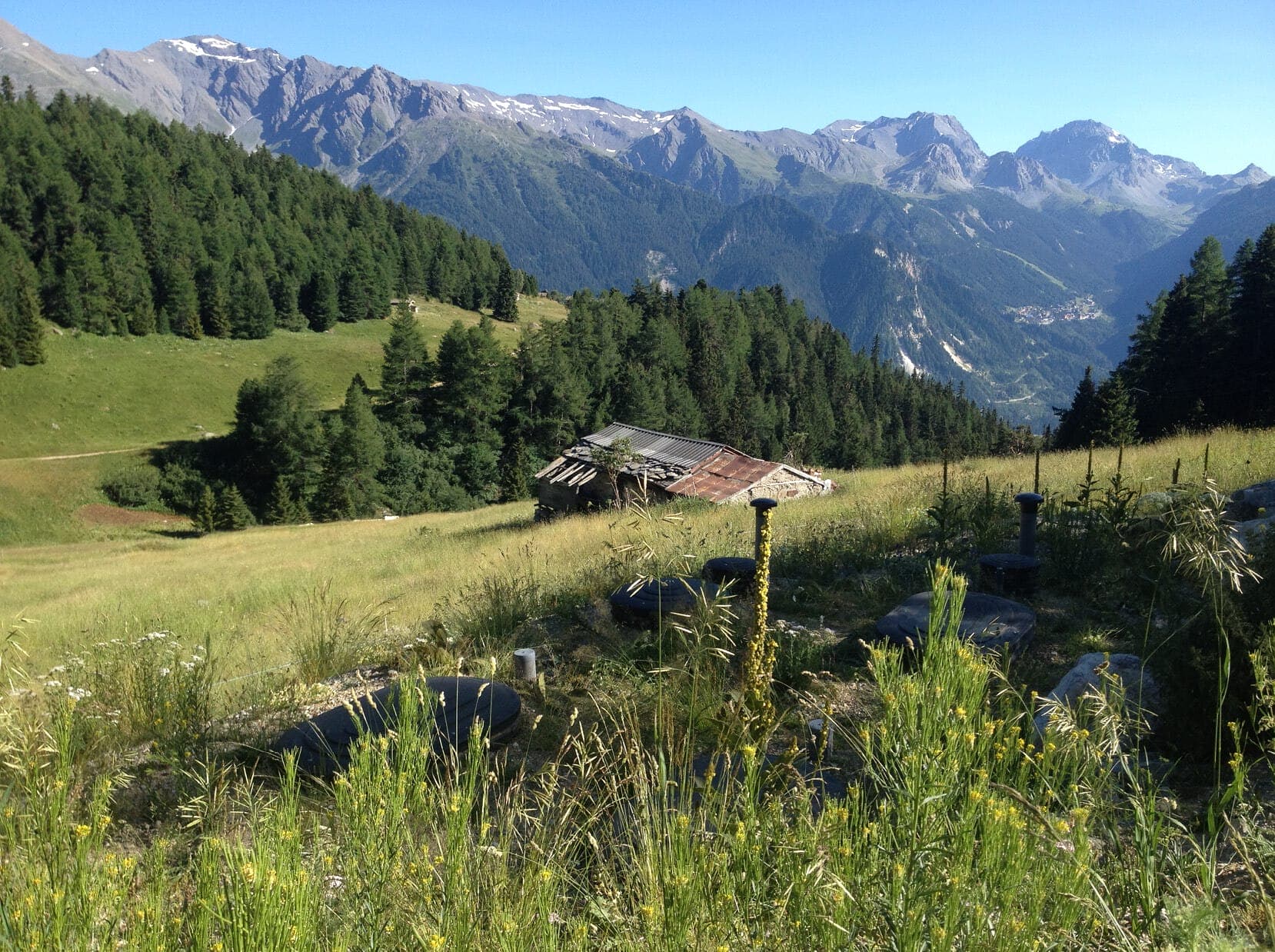Have you ever wondered how wastewater is treated in the home? It's a process that happens behind the scenes and is often taken for granted. When wastewater leaves your home, it goes through a sewage treatment plant before being released back into the environment. In this blog post, we will explain how these plants work and what they do to treat wastewater. We will also discuss some of the benefits of using sewage treatment plants in the home.
If you do not have access to an industrial sewage system, you will need to install a home sewage treatment plant. Most urban areas are connected to industrial sewage systems. Thus how wastewater is treated when you live in a rural area not connected to sewerage?
 Sewage treatment plants play an important role in wastewater management. These plants work to clean wastewater before it is released back into the environment. There are a variety of different sewage treatment plants, but all of them have the same goal: to remove pollutants and contaminants from the water. Some of these pollutants can include bacteria, viruses, solids, and oils.
Sewage treatment plants play an important role in wastewater management. These plants work to clean wastewater before it is released back into the environment. There are a variety of different sewage treatment plants, but all of them have the same goal: to remove pollutants and contaminants from the water. Some of these pollutants can include bacteria, viruses, solids, and oils.
Sewage treatment plants offer several benefits, including improved water quality and reduced pollution. These plants also help to protect public health by preventing harmful bacteria and viruses from entering the water supply. In addition, sewage treatment plants can help to reduce energy consumption and greenhouse gas emissions.
 When you use the sink, for example, wastewater leaves your home through a sewage pipe and enters a sewage treatment plant. First of all, it goes through a primary tank where heavy solids settle at the bottom, and oils and grease float to the top.
When you use the sink, for example, wastewater leaves your home through a sewage pipe and enters a sewage treatment plant. First of all, it goes through a primary tank where heavy solids settle at the bottom, and oils and grease float to the top.
The sewage then flows into a secondary tank, called the treatment unit, where it is mixed with bacteria that help break down the sewage. How? They consume the germs because they are their staple diet! In this process, aeration is really important, bacteria need it to live, just like us!
After this second step, the treated wastewater can be discharged into the environment, usually back to a river, or right into the soil. In some countries, you can even reuse the water for irrigation purposes, but you need to ask the local wastewater department for authorization first.
The BIOROCK sewage treatment process is more efficient than traditional sewage treatment processes because it produces less sludge. In addition, the BIOROCK sewage treatment plant releases a high-quality effluent. As they don't need electricity to operate, they are perfect for remote areas or locations without reliable power supplies.

The BIOROCK sewage treatment plant works by using a patented filter media. This media is designed to help break down pollutants in the wastewater. The BIOROCK Media also provides a habitat for beneficial bacteria, which helps to further reduce the level of contaminants in the water.
These solutions offer a number of benefits, including:
As you can see, sewage treatment plants offer many benefits. If you are considering installing a sewage treatment plant in your home, be sure to do your research to find the best option for your needs. If you have any questions about sewage treatment plants, feel free to ask our expert here!